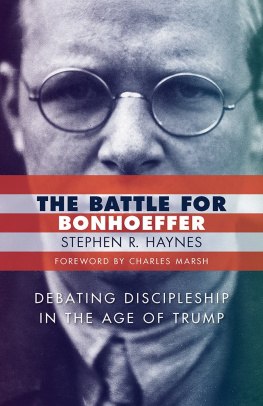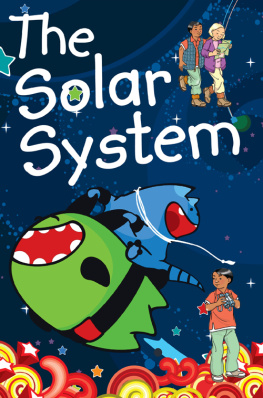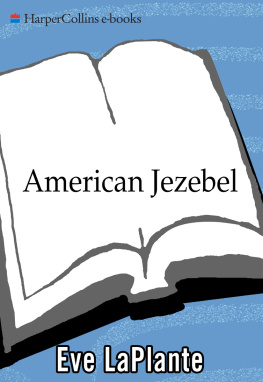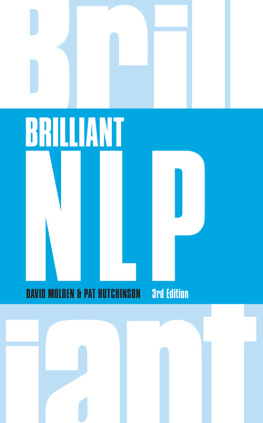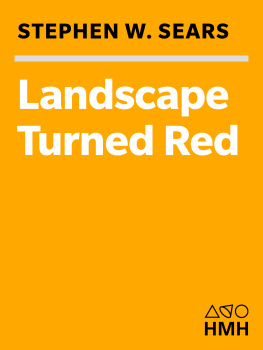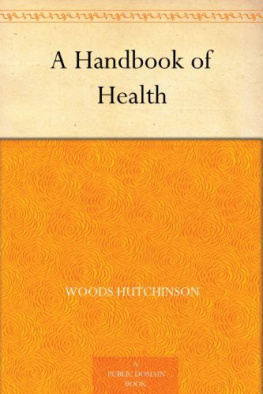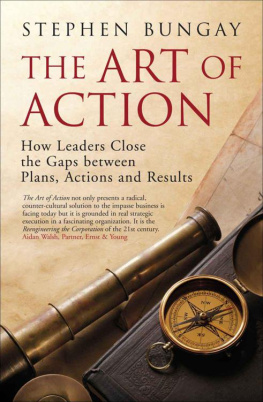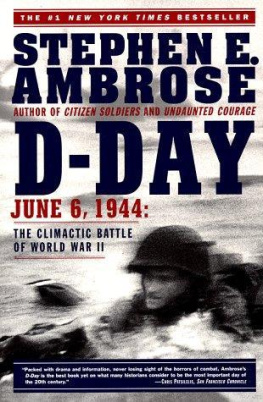First published 2000 by
FITZROY DEARBORN PUBLISHERS
This edition published 2016 by Routledge
2 Park Square, Milton Park, Abingdon, Oxon OX14 4RN
711 Third Avenue, New York, NY 10017, USA
Routledge is an imprint of the Taylor & Francis Group, an informa business
Copyright Helicon Publishing 2000
All rights reserved including the right of reproduction in whole or in part in any form. For information write to:
ISBN 13: 978-1-57958-265-4 (hbk)
British Library and Library of Congress
Cataloguing in Publication Data are available.
Typeset by TechType, Abingdon, Oxon
Managing Editor
Katie Emblen | Production
Tony Ballsdon |
Editors
Edith Summerhayes
Karen Young | Art and Design
Terence Caven |
Indexer
Jane Martin | Cartography
Olive Pearson |
General Editor
Dr Stephen Badsey MA (Cantab) FRHistS is a Senior Lecturer at RMA Sandhurst, and a Senior Research Fellow of De Montfort University, Bedford. He is a specialist on military theory and on media presentations of warfare. He has made numerous appearances as a historian on television and in the press, and has written or contributed to more than a dozen books on warfare.
Contributors
Dr Duncan Anderson MA BA is Head of the War Studies Department at RMA Sandhurst, and a Senior Research Fellow of De Montfort University, Bedford. He is an authority on the British Army of the mid-19th century and on World War II in the Far East, and co-author of The Battle for Manila.
Dr Niall Barr is a Senior Lecturer at RMA Sandhurst. He has led military battlefield tours of El Alamein, and is presently researching a book on Bernard L Montgomery and the Eighth Army.
Tim Bean is a Senior Lecturer at RMA Sandhurst, and a specialist on 18th-century warfare and naval history.
Matthew Bennett MA FSA FRHistS is a Senior Lecturer at RMA Sandhurst. He is an expert on medieval warfare, and author of many works on the subject including The Cam bridge Atlas of Warfare: The Middle Ages 7871485.
Lloyd Clark is a Senior Lecturer at RMA Sandhurst, and has published widely on 20th-century conflict. He is a specialist on World War I and airborne warfare and is currently researching on command and control in Operation Market-Garden.
Dr Stephen Hart is a Senior Lecturer at RMA Sandhurst, and a specialist on the Battle of Normandy.
Professor Andrew Lambert PhD MA FRHistS is a member of the War Studies Department at Kings College, University of London. He is a specialist on both naval warfare and the Crimean War, and author of numerous works including The Crimean War and The Last Sailing Battlefleet.
Sean McKnight is Deputy Head of the War Studies Department at RMA Sandhurst and a Senior Research Fellow of De Montfort University, Bedford. He is a specialist on warfare in the Middle East, from medieval times to the present day, and is currently researching on the Mesopotamia campaign in World War I.
Aryeh Nusbacher MA is a Senior Lecturer at RMA Sandhurst. He was educated at the University of Toronto, the Royal Military College of Canada, and Somerville College, Oxford University.
David Pickup MPhil BA FRGS is a Senior Lecturer at RMA Sandhurst, a former lieutenant commander in the Royal Navy, and a serving officer in the Public Affairs Branch of the Royal Naval Reserve.
Dr Ian Stewart is a Senior Lecturer at RMA Sandhurst, and the co-editor of War, Culture and the Media.
Dr Simon Trew MA is a Senior Lecturer at RMA Sandhurst, and the author of Britain, Mihailovic and the Chetniks 194142.
Stephen Walsh MA is a Senior Lecturer at RMA Sandhurst. He is currently researching World War II on the Eastern Front.
Dr Edmund Yorke MA BA is a Senior Lecturer at RMA Sandhurst. He has published widely in defence, Commonwealth and African affairs. His recent publications include contributions to Diplomacy of the Highest Order and Aspects of Peacekeeping and co-editorship of The New South Africa.
Now at this very moment I knew that the United States was in the war, up to the neck and in to the death. So we had won after all! How long the war would last or in what fashion it would end no man could tell, nor did I at this moment care We should not be wiped out. Our history would not come to an end Hitlers fate was sealed. Mussolinis fate was sealed. As for the Japanese, they would be ground to a powder. All the rest was merely the proper application of overwhelming force.
WINSTON CHURCHILL, ON HEARING THE NEWS OF PEARL HARBOR
O N 7 DECEMBER 1941 the Japanese attacked the United States Pacific Fleet at Pearl Harbor, bringing the United States into World War II on the side of Britain and its Empire. On 11 December Adolf Hitler declared war on the United States on behalf of Nazi Germany, accompanied by Fascist Italy under Benito Mussolini. Germany and Italy were already fighting against Britain in North Africa, and against the Soviet Union. Hitlers decision to declare war on the United States linked this war in Europe with the war in the Far East, so creating the worlds first truly global war.
Pearl Harbor is only one of 21 major battles of World War II described in this book. The outcome of each of these battles played a major part in deciding which side would eventually win the war. This introduction describes the wider events and national strategies of World War II, placing all these battles into a context so that their origins and their consequences can be better understood.
What convinced the British prime minister Winston Churchill that Pearl Harbor was the turning point from which victory would eventually come? Unlike his arch-enemy Hitler, Churchill had a good understanding of military strategy, and of what produces victory in war. Britain and its two major Allies in the war, the United States and the Soviet Union, also learned how to cooperate together despite their differences, and to produce a winning strategy of war on a global scale.
To put it at its most simple, a strategy of war is just a plan to defeat the enemy. Once a war has begun, strategy is concerned first of all with how to fight, and then with where and when to fight. Strategy sets basic objectives for a country at war and its armed forces, which its leaders hope will result in victory. In order to achieve these objectives it is almost always necessary to fight battles, and so victory in battle brings the objectives of strategy closer. It sounds simple enough. But even leading a country successfully in peacetime is one of the most difficult and demanding of all human endeavours. Mobilizing and channelling the immensely complex and powerful resources of the 20th centurys industrial global empires, including the skills and determination of their people, so that they could fight a war on the scale of World War II through to success, was an achievement without parallel in history.



